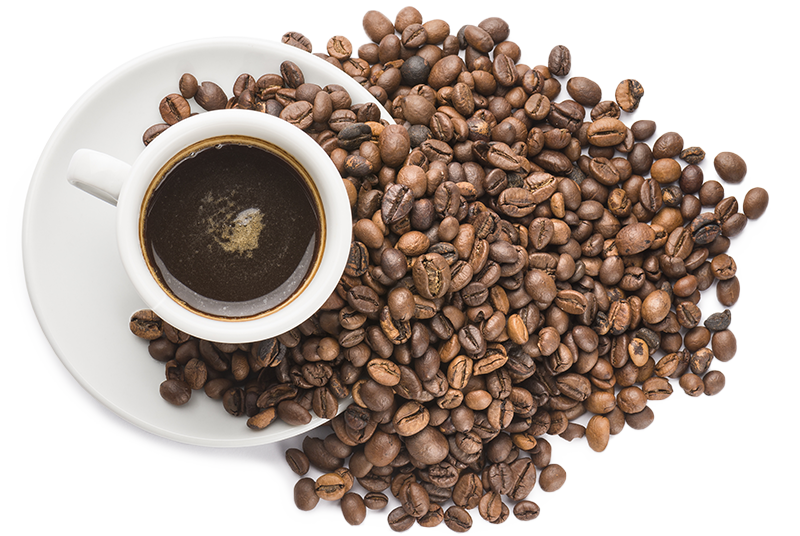Nutritional principles
Basics for a healthy and sustainable diet with the Metabolic Balance metabolic program.
The phases
Step by step to more health and vitality
The Metabolic Balance metabolic program is based on four phases. Depending on the target definition, these phases can vary in duration, especially the strict phase (phase 2) can be individually adapted to your needs.
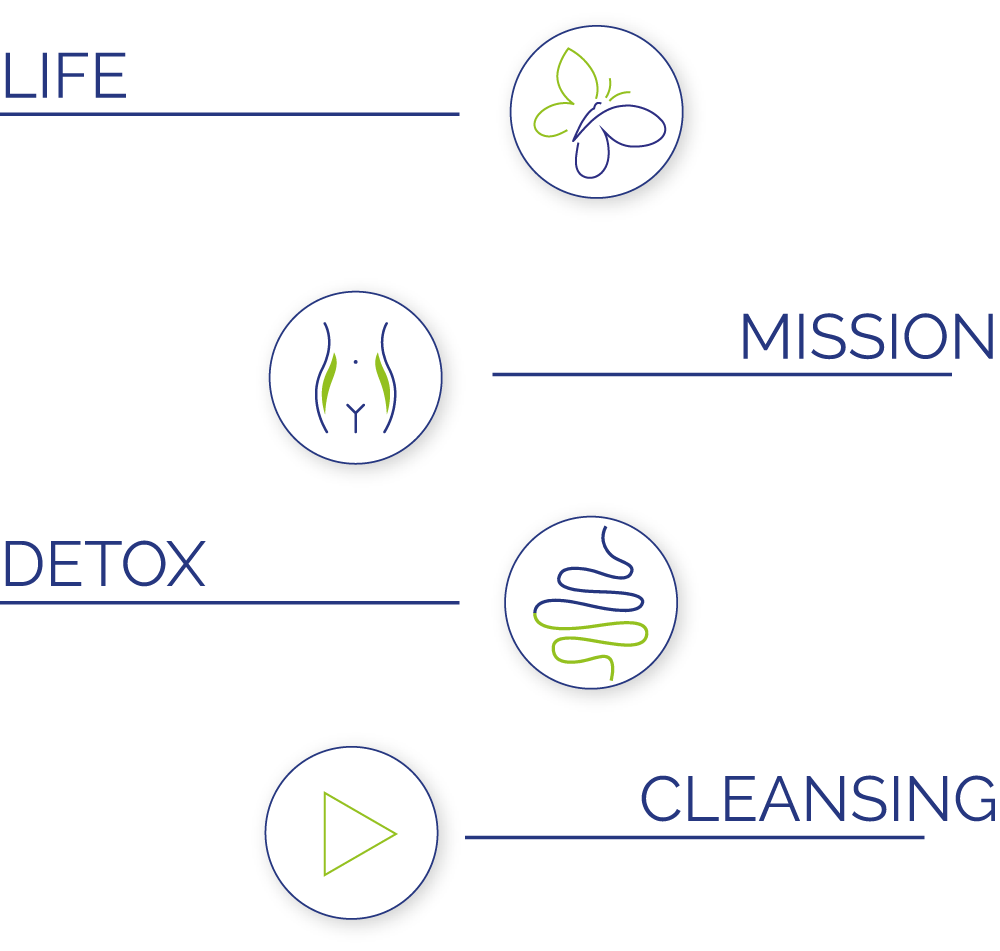
Exchanging (swapping) meals
Breakfast is breakfast.
That’s the most important rule. Breakfasts may only be varied with other breakfasts. For example, if you’re allowed to eat eggs according to the plan, but you have a breakfast with no eggs, you have to do without a breakfast egg.
Eggs are suspected of increasing the tendency towards inflammations when they are eaten for breakfast, but when eaten later in the day, this tendency was not observed.
All other meals may be exchanged, provided the quantities are adjusted accordingly. At noon you should have 10g less protein than in the evening. This means that those who have 75g tofu on their plans for lunch, but prefer to eat it in the evening can eat 75+10 = 85g tofu. A meat portion of 130g, on the plan for the evening, would be reduced to 130–10 = 120g.
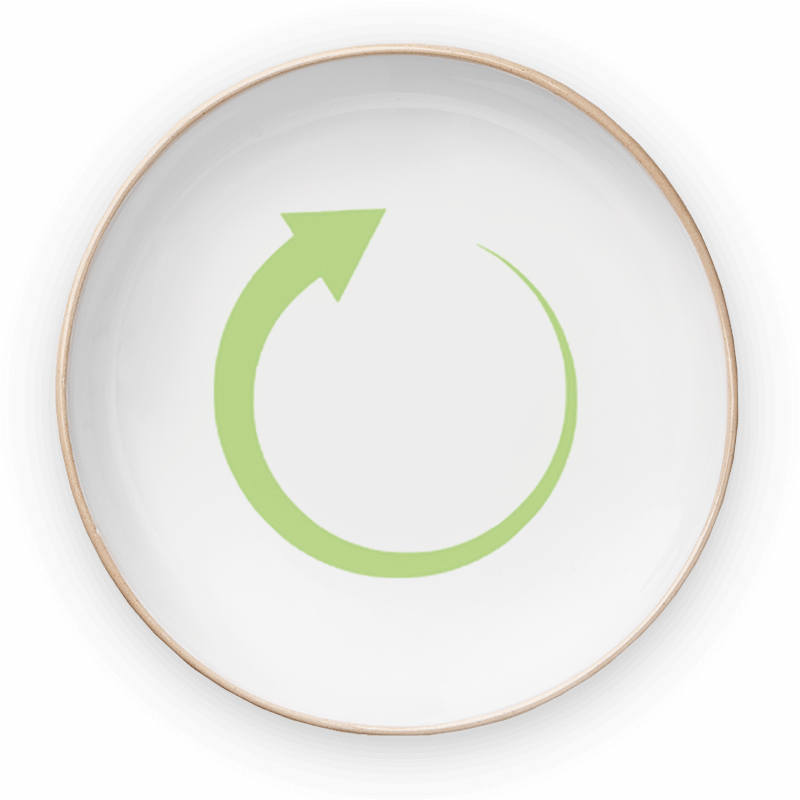
Carbohydrates
Wholemeal rye bread
How much wholemeal rye bread can I eat?
- It’s in your plan. The information is calculated in slices of bread.
- A slice of wholemeal rye bread should weigh 25g.
- A slice of wholemeal rye crispbread should have 10–15g.
- You don’t have to eat all of the wholemeal rye bread on your plan. However, the amount on the plan must not be exceeded.
Please – eat only pure wholemeal rye bread without yeast!
Unfortunately, rye bread may contain up to 10% wheat without this having to be declared. Your bread should be 100% rye without any other flour additives!
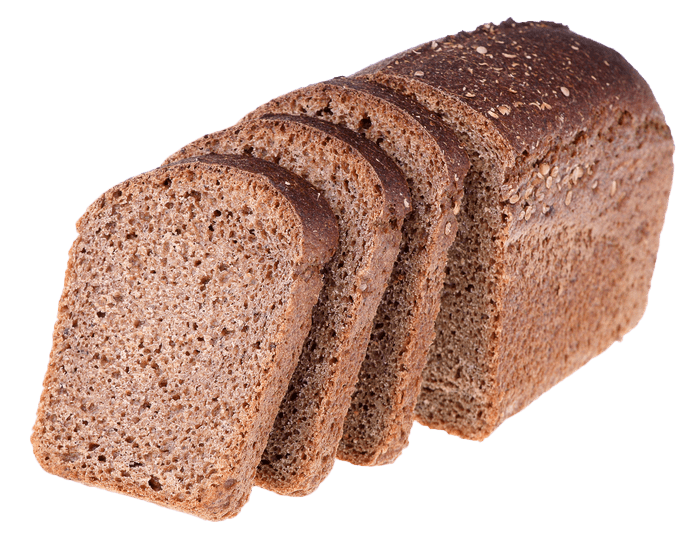
Suitable items:
- Wholemeal rye bread
This consists of rye flour and rye meal plus peel. - Whole grain rye bread
This mainly consists of coarse-ground rye (shot).
Ask your (organic) baker or health food store. You should find out for yourself how important it is that your bread contains neither wheat, sugar nor yeast. Nowadays, that’s nothing out of the ordinary anymore. There are many allergy sufferers who, just like you, enquire first before they accidentally eat anything that might not agree with them. - Wholemeal rye bread – crispbread
Please check whether the crispbread you wish to buy is really pure wholemeal rye crispbread. There are now many varieties that contain other flours or that have been baked from or with extract flours.
Not suitable:
- Mixed rye bread
Ordinary mixed rye bread has soft crumbs. It usually has a relatively high proportion of wheat and rarely has any whole grain content at all. However, it’s usually baked with yeast – even if it’s called “sourdough bread”. - Wholemeal bread
Look at the package or ask your baker. Most wholemeal breads are not wholemeal at all. They are baked with flour extracts, a little shot and often with oil seeds. Most of them contain yeast and very often molasses or other colourings, flavours and sugars.
What you are looking for is pure wholemeal rye bread, which is made exclusively with sourdough. - Pumpernickel
Most pumpernickel loaves are mixed with molasses, a sugar syrup that gives them their dark colour and sweet taste. In fact, pure rye pumpernickel is also available without this added sugar, but pumpernickel is not suitable for the Metabolic Balance diet. Its slightly sweet taste reveals the reason for this ... during the baking process, sugar is formed and this could lead to the sugar trap.
What is sourdough?
Sourdough is a fermenting dough that acts as a natural baking agent. Baking with sourdough requires skill, experience and time, which nowadays has led to sourdough hardly being used at all for baking. Sourdough is often only an additive for breads that are otherwise yeast-raised.
Why sourdough (long fermentation) – and no yeast?
- Sourdough and its long fermentation breaks down the grain and phytic acid much better. Phytic acid is suspected of binding minerals to itself that are not beneficial to the body. Sourdough-baked bread tastes better, is healthier and easier to digest.
- Rye takes a long time to become bakeable and the long fermentation with sourdough gives it this time.
- Freshness and mould protection are increased.
- Taste and aroma substances are formed.
When yeast is added, these processes are greatly accelerated, but to the detriment of the quality of the bread and its digestibility.
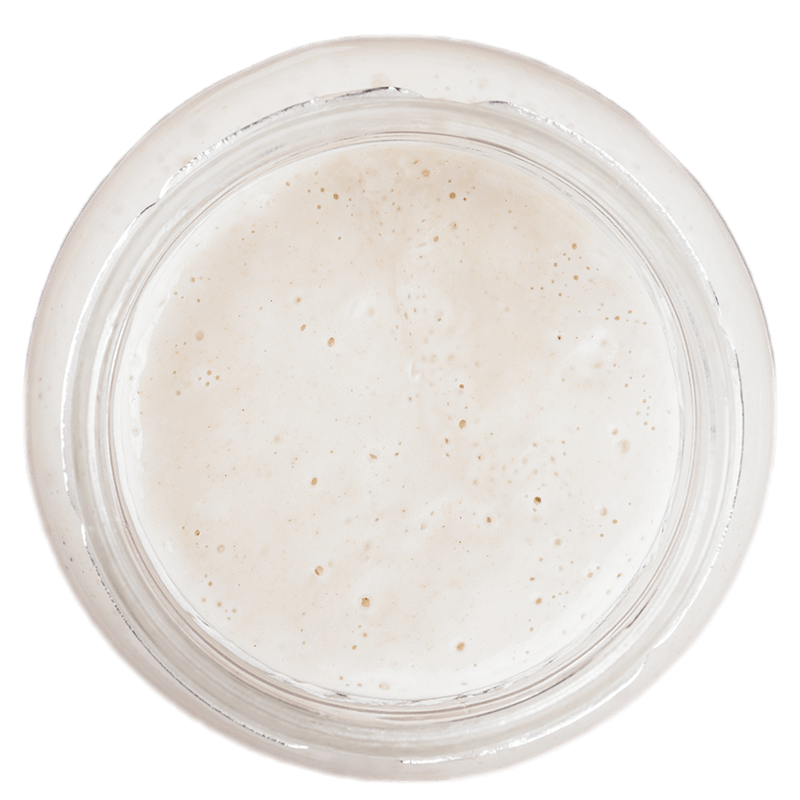
Why does Metabolic Balance only recommend wholemeal rye bread?
In the case of wholemeal rye bread, your metabolism needs a lot of time to break down glucose from the starch. As a result, the insulin level only rises very slowly – as is the case with “fast carbohydrates”, it doesn’t skyrocket only to drop sharply again and make you hungry.
This stimulates the carbohydrate metabolism and blocks the fat metabolism. Wholemeal rye bread ‘fills you up’ better than other breads and it also contains more fibre.
Flour type
The type indicates the proportion of shells and outer layers of the grain remaining in the flour. The higher the type, the darker the flour and the higher the proportion of shell and surface layers. There are flours in 1800, 1370, 1150, 997 and 815. For comparison, wheat extract flour, i.e. ordinary household flour, is type 405.
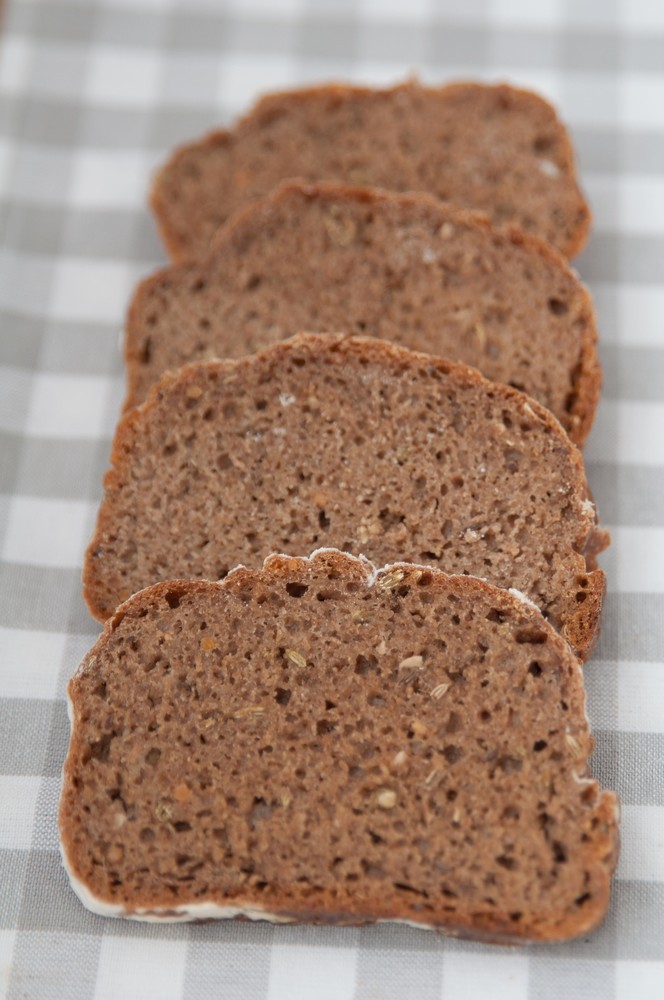
Fruit
- Please ... never mix fruit.
- Eat only one fruit with each meal.
- Eat a different fruit with each meal.
- Eat an apple every day.
- Always eat fruit as part of your meal, but never in between.
If you have dried fruit on your plan, you can exchange it for fresh fruit in the ratio of 45g dried fruit to 120g fresh fruit. Vice-versa (substituting dried fruit for fresh fruit) is definitely not permitted. In general, eat only the fruit specified in your plan.
Salad and vegetables
You can exchange and mix salad and vegetables.
Vegetables that are not on the plan may not be eaten. By the way, potatoes are not vegetables.
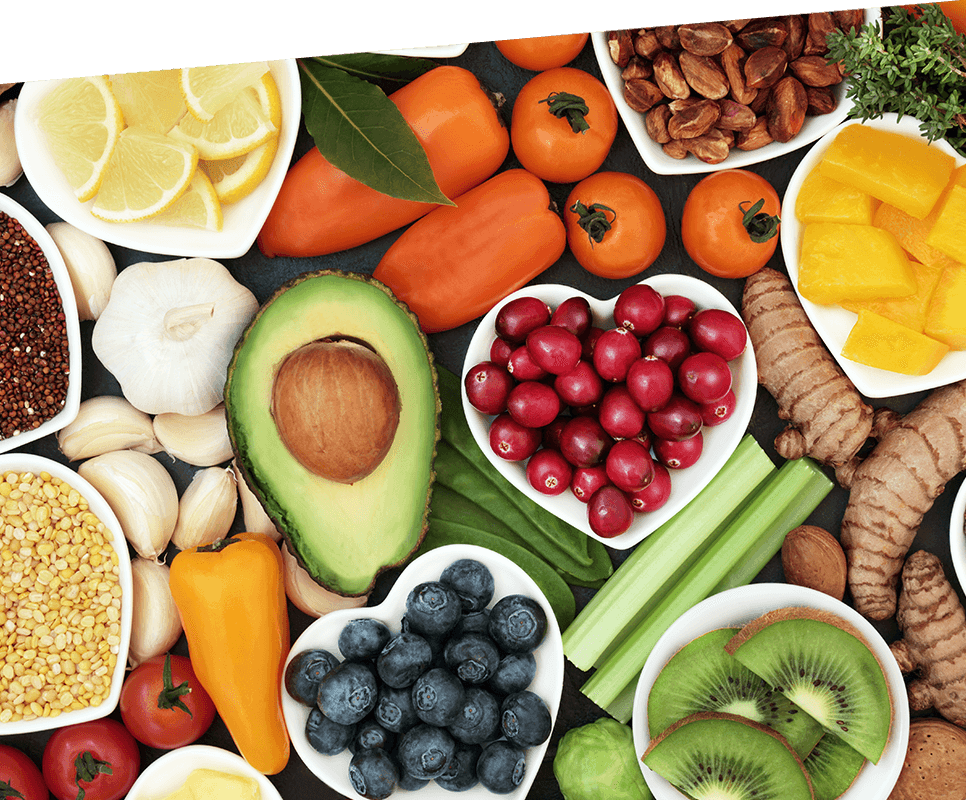
Eiweiße
- Start each meal with a bite of protein.
- Please eat only one type of protein per meal.
- Please eat each type of protein only once a day.
- Never mix proteins, neither within the group (2 types of meat) nor among the groups (e.g. meat with cheese).
Special features of the soya group
Products from soy groups 1 and 3 can be eaten on the same day, but not at the same meal, because they have different amino acid spectra.
Soya is divided into the following groups:
- Group 1: Soya beans, soya milk, tofu (also smoked)
- Group 2: Soya yoghurt
- Group 3: Soya seedlings, Soya sprouts
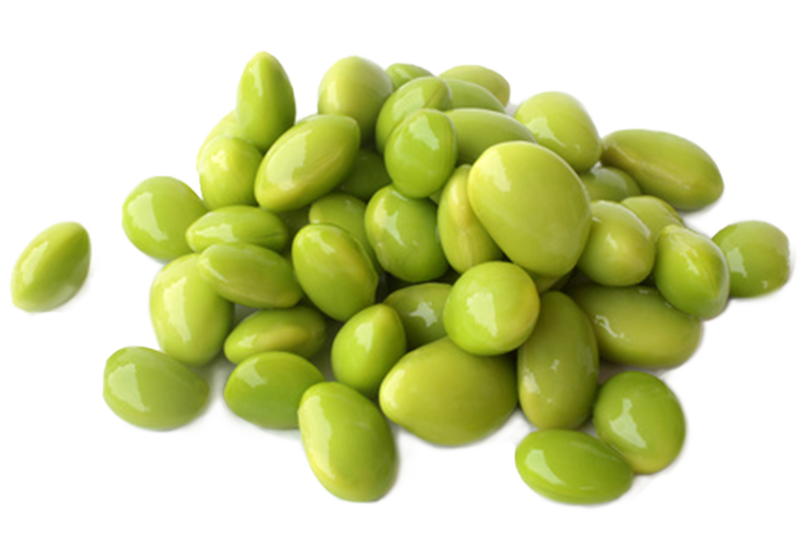
Fish and seafood
These are two separate protein groups. This means that on the same day you can have a meal with fish and a meal with seafood.
You’re not allowed to mix them during meals though, like eating fish with shrimps. The quantities of fish and seafood should be identical.
Protein groups
- Meat (incl. ham, dried and smoked meat – also ostrich)
- Poultry (all feathered animals – except ostriches)
- Fish
- Seafood
- Dairy (cow) milk products (cheese, cream, yoghurt)
- Sheep and goat milk are products (cheese, cream, yoghurt)
- Mushrooms (only oyster and shitake mushrooms, all other mushrooms are considered to be vegetables)
- Eggs
- Nuts and seeds
- Shoots
- Legumes
- Soya and soya products
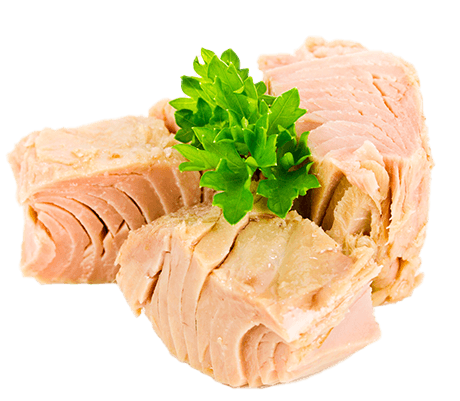
Fats
Oil
In phase I (relief) and the following 14 days of the strict phase II, adding oils is not permitted. After the 14 days, however, feel free!
Anyone who has never tried oils before will now discover a new world. There is an incredible number of oils, each with its own different merits – and almost all of them come up with their own taste sensations.
How much oil can I eat?
3 tablespoons per day should be the minimum. Experiment. Many of our clients also consume more oil and feel great afterwards.
We recommend that you take at least 1-3 tablespoonfuls of linseed oil per day. Linseed oil contains omega-3 fatty acids and is the star of the recent research into the prevention of diabetes and Alzheimer’s disease. However, reliable studies are not yet available.
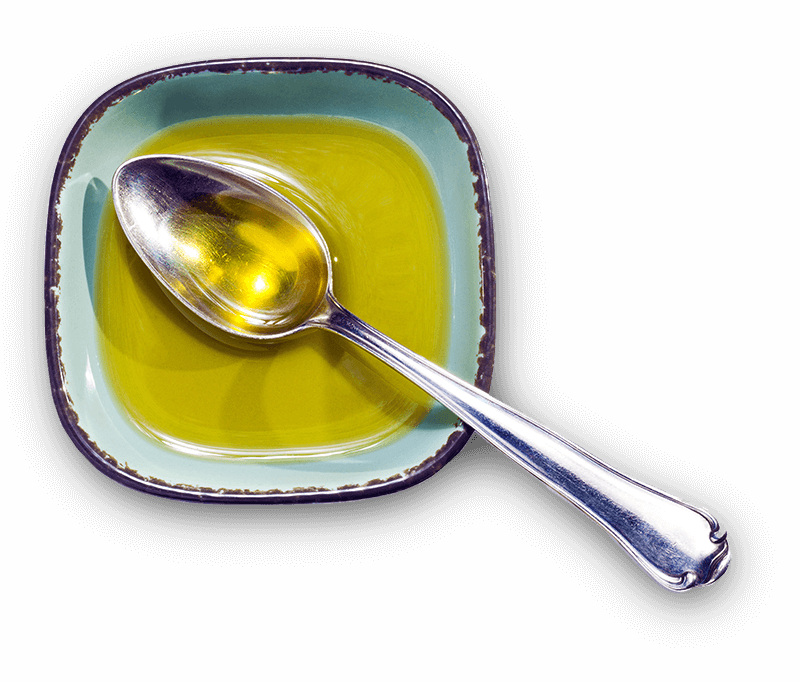
Frying/Roasting
Please ... never heat cold-pressed oils. They will lose their taste and the value of their ingredients. We recommend native coconut oil or ghee for frying. They are very heat-resistant and are often used for frying.
Seasoning with oil
If you’ve only used oil for salad dressings and frying up until now, a new world of taste awaits you. Many of our clients season with oil. Some people add a teaspoon of poppy seed or nut oil to their yoghurt in the morning. Others sprinkle a little chili oil over their recently-fried fish. Just try them out and see what you like best.
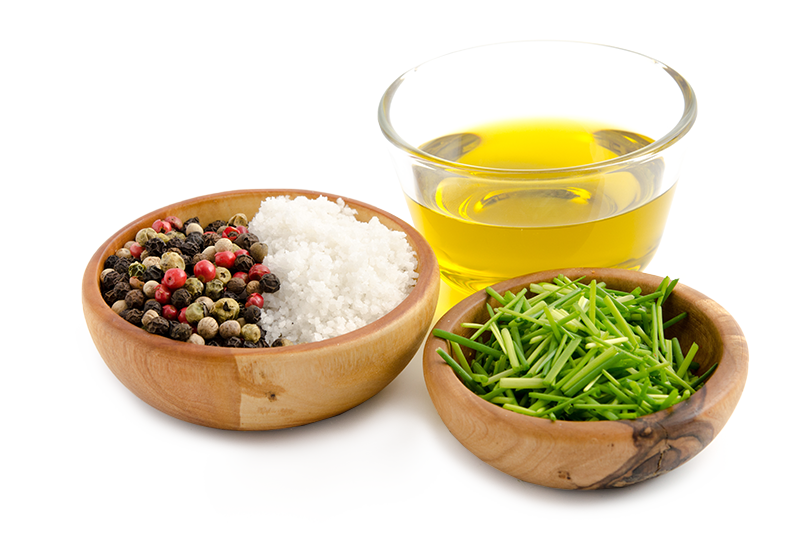
Selecting oils
Please make sure that the oil you use comes from organic (bio) dynamic cultivation. Many harmful substances are fat-soluble, so they remain in the oil and are able to enter your body. This also applies in particular to pollutants from plastic packaging.
Also make sure that your oil has not been chemically filtered.
Oil loses its quality and taste when exposed to light and air. This is why ambitious oil manufacturers make sure they use closed systems. So if you buy an oil made by hand in a small ancient oil mill with open millstones during your holidays, you have not necessarily bought the best possible product.
On the other hand, even small dedicated oil farmers bring their harvest to highly-professional closed presses and receive an oil of excellent quality. The size of the manufacturer does not in itself allow conclusions to be drawn about the quality of its products.
Also pay attention to the packaging of your oil. Light and air should not be able to enter the package.
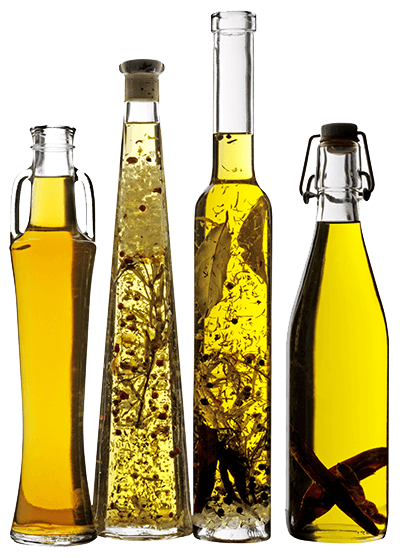
Omega 3 and Omega 6
Omega 3 and Omega 6 fatty acids have vital functions in many metabolic processes – and these functions influence each other. Omega 3 and Omega 6 fatty acids are the basis for the formation of hormones, which in turn are indispensable for metabolic processes, e.g. blood clotting, inflammatory processes and cell renewal. A deficiency in Omega-3 and Omega-6 fatty acids leads to growth disorders, skin changes and susceptibility to infections.
However, the body cannot produce them itself, so they have to be supplied from outside.
Omega-3 fatty acids (EPA and DHA) are found abundantly in fatty sea fish such as tuna, mackerel, salmon or herring. Those who do not like to eat fish have vegetable alternatives such as linseed oil, gold of pleasure oil, hemp oil, walnut oil or rapeseed oil. Linseed oil, with an alpha-linolenic acid content of 50%, is one of the richest sources of this important fatty acid.
Among others, Omega-6 fatty acids include linoleic acid and arachidonic acid. Linoleic acids mainly include sunflower oil, thistle oil, maize germ oil and wheat germ oil, but there are many more.
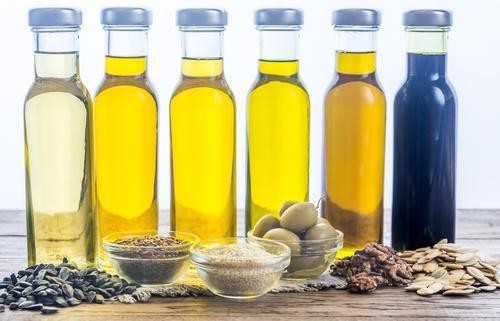
Herbs and spices
Garlic, ginger and fresh herbs may be used in spice quantities even if they are not explicitly listed in the plan.
The situation is different with onions, however; they count as vegetables and may only be eaten if they are in the plan (see vegetables).
Lemons may only be used if they are on your fruit list, but lemon gratings can be used in small quantities. Please ensure that you use untreated lemons!
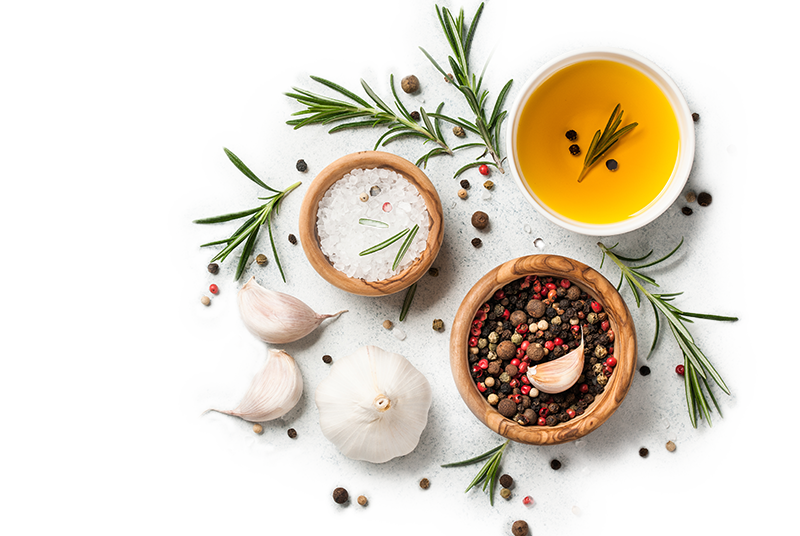
Coffee
Whether or not you want to drink coffee is ultimately up to you. Many clients decide to give up coffee altogether during their change of diet and stick by their decision. In fact, coffee is not entirely uncontroversial in terms of its cultivation and its ingredients as far as its effect on the body is concerned.
But if you do decide to drink coffee, drink it only at mealtimes or immediately afterwards. If possible, do not drink coffee between meals.
Do not count the amount of coffee you drink against your amount of water.
And please ... don’t add milk or sugar to your coffee! At the start, many clients are horrified by black coffee, but almost everyone gets used to it very quickly and some of them later lose their taste for milky coffee.
